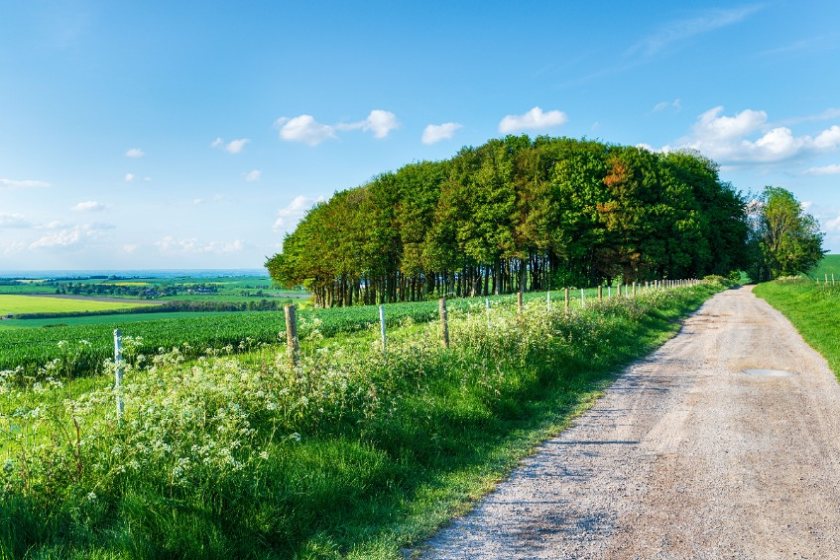
Planting trees on the farm does not always mean taking hectares of land out of agriculture and turning it over to permanent woodland, according to one rural property specialist.
Here, Sarah Radcliffe, forestry manager for H&H Land & Estates, highlights that this is not the case and that farmers do not have to give up food production.
Increasing the amount of woodland or trees on your farm does not mean you need to give up that productive field.
All farms have areas that are too wet, too steep or where the tractor cannot get into and there are various options for keeping this land productive and increasing the tree cover over the farm
We are all well aware that the climate is changing, with increased periods of extreme temperatures, drought and wetter weather.
However, as well as helping the environment by preventing flooding and reducing greenhouse gas emissions, trees can help keep livestock cool, sheltered, reduce stress and provide nutrition. .
Trees within the farming landscape can come in many different forms including individual hedgerow trees, wood pasture, low density scrub planting or traditional shelterbelts.
Attracting wildlife to the farm, connecting hedgerows, and creating wildlife corridors all contribute to increasing biodiversity.
Hedgerow trees and wood pasture provide shelter for livestock both in the heat of summer and from wet cold weather in the winter.
Providing an outside environment for livestock to graze with areas of shelter and shade offered by trees reduces stress and can also deliver additional nutritional benefits from the leaves and bark.
Low density tree planting, and scrub creation is an ideal shelter for wildlife as well as game birds.
Shelterbelts have the ability to modify the microclimate of a field by reducing windspeeds and increasing daytime temperatures.
The slower windspeeds along the ground surface slow down the evaporation of water, retaining moisture more efficiently within the crop.
Planting slightly larger areas of conifer woodland is known to help to reduce flooding lower down steam. By doing this you slow the flow of water by intercepting the water droplets that land on the branches and soak into the soil.
Small conifer woodlands also act as a long-term income source for the farm through thinning and felling management.
Any timber harvested from farm shelterbelts can be chipped and used as animal bedding or used in wood fuel boilers to heat the buildings, both supporting the farm’s carbon footprint reduction programme.
Planting broadleaf trees along riverbanks can help to stabilise the banks and reduce soil erosion. Trees can also increase the shade over the river, keeping the water temperature cool.
Pigs and poultry contribute to approx. 20% of the ammonia being released in the UK. Planting trees around poultry buildings will help absorb some of these gases and also provide a cool, sheltered environment for the birds to roam.
Planting more trees on your farm does not mean you need to stop farming, and whatever type of trees you do choose to plant it will benefit both your livestock and the environment.
